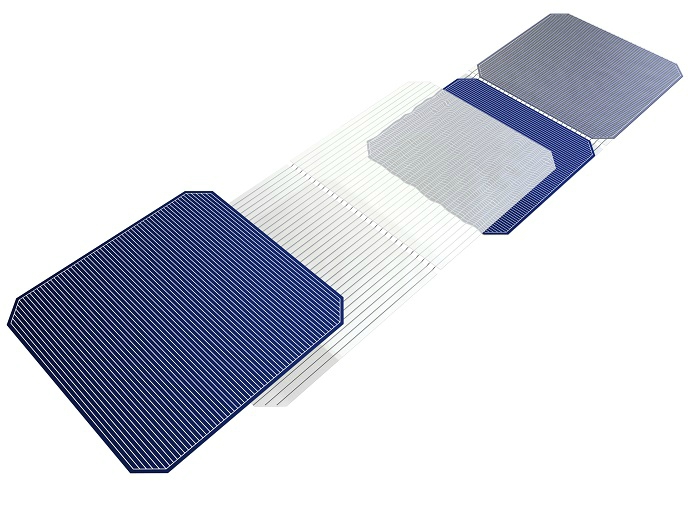Silicon key to low-cost, ultra-efficient photovoltaics
The EU-funded DISC project addresses the need to reduce the consumption of fossil fuels by developing key technologies for the next generation of high-performance PV solar cells and modules. The DISC approach “focuses on the only way to fully exploit the potential of silicon: using so-called passivating contacts or carrier-selective contacts and junctions, that is, contacts that allow the carrier to cross without recombination,” says coordinator Dr Byungsul Min. “Such contacts allow for simple device architecture, reduce silicon wafer thickness and enhance the energy yield – all key elements for achieving very low electricity costs with minimum environmental impact.” The team is evaluating the industrial feasibility of double-sided contacted solar cells with carrier-selective junctions (CSJs), optimised metallisation and transparent conductive oxides (TCOs). Highly efficient PV cells and modules Project partners are identifying and developing single components with the highest potential for significant advancements in CSJs, TCOs, metallisation subjects and final devices. From a technological standpoint, DISC is targeting efficiencies that exceed 25.5 % on large-area cells and over 22 % for modules. A cell efficiency of up to 21.2 % has been obtained in the first common experiment. Dr Min calls the results for these ambitious targets ‘encouraging’. A detailed characterisation and simulation study revealed that TCOs limit higher cell efficiency. This is because the excellent surface passivation quality of polycrystalline silicon-based passivating contacts suffers significantly during the TCO deposition step. “As a result, the process step needs modifications to reduce the degradation of the passivation quality caused by sputter damage,” explains Dr Min. The DISC team has successfully evaluated TCOs with hydrogen additives as possible solutions. Towards energy-efficient, affordable PVs To enhance the viability and attractiveness of the PV prototypes, the researchers will assess their environmental, social and economic impacts and benefits across the entire value chain. They plan to extend the shelf life of the installations by improving the PV modules’ reliability and durability. By boosting the efficiency, reliability and durability of modules, solar-cell and PV-module producers should strengthen their market position. The project team will also demonstrate pilot manufacturing readiness at a competitive cost. By obtaining high PV module efficiency, DISC aims to achieve a very low levelised cost of electricity (LCOE) in Europe. LCOE determines how much money needs to be made per unit of electricity to recover the system’s lifetime costs. “Together with a reduction in the consumption of silver and indium used in PV, and an improvement in the energy yield, DISC is contributing to making PV one of the cheapest electricity sources around,” concludes Dr Min. “We have an opportunity to mitigate the impact of climate change, improve energy access and reposition Europe at the forefront of PV technology.”
Keywords
DISC, photovoltaics (PVs), transparent conductive oxide (TCO), silicon, PV module, solar cells, carrier-selective junction (CSJ)







